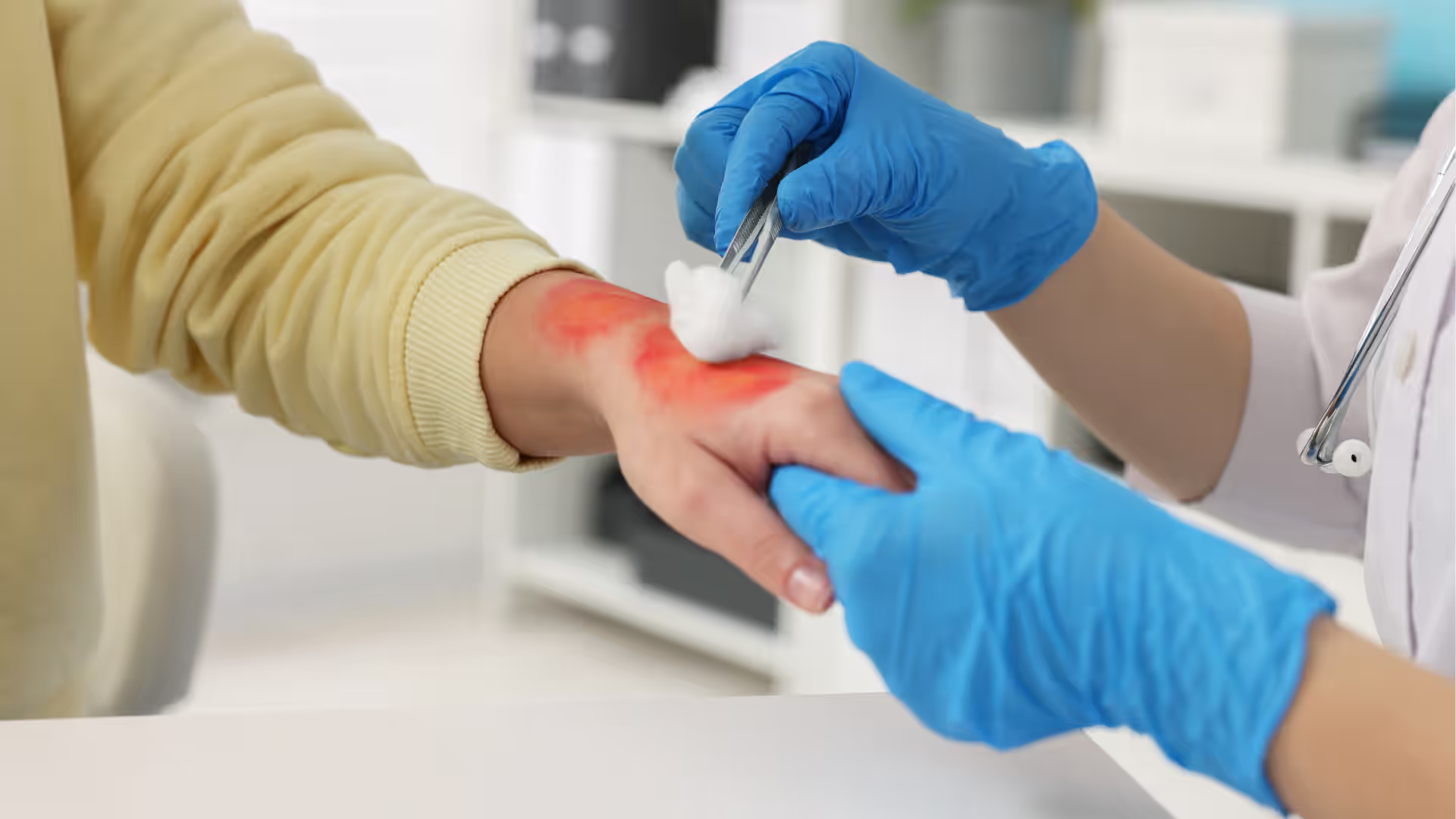Dental caries, often referred to as tooth decay, is a significant concern for parents of young children. It often leads to sleepless nights and numerous visits to the dentist.
The pain and discomfort associated with caries can be challenging, affecting everyday activities like eating and sleeping for children. Finding an easy, non-invasive method to support dental care could provide significant relief for families.
A randomized controlled trial study published in 2024 in Pediatric Dentistry offers this potential solution. This research investigated the effectiveness of silver diamine fluoride (SDF) in stopping the progression of severe early childhood caries. The study provides valuable insights into potential advancements in pediatric dental care.
[signup]
The Study At A Glance
The primary objective of this study was to assess whether 38% silver diamine fluoride (SDF) could help slow the progression of severe early childhood caries over six months, potentially reducing the need for invasive treatments in pediatric dental care.
Conducted across multiple centers in the United States, the study enrolled 1,144 children aged 12 to 71 months with severe early childhood caries.
Participants were randomly assigned to receive 38% SDF applications or a placebo. SDF was applied twice, at the beginning and six months later, with the placebo group following a similar schedule. Both groups were monitored for eight months to evaluate caries progression.
The study included young children, equally distributed by gender, from various regions to account for differences in dental health practices and access to care. The comprehensive design, large sample size, and use of multiple centers offer valuable insights into the potential benefits of silver diamine fluoride in pediatric dental care.
The Findings of the Study
Here are the findings:
Effectiveness of SDF
54% of caries in the SDF group showed no further progression, compared to 21% in the placebo group. This significant difference highlights the potential of SDF to support dental health in young children.
Statistical Significance
The results showed a statistically significant difference (p<0.001) between the SDF and placebo groups, indicating that the observed effect of SDF was not due to chance.
Early Termination of the Trial
The effectiveness of SDF in this study led to the trial being halted early, allowing all participants to benefit from SDF treatment.
Safety and Tolerability
The study reported no severe adverse effects from the application of SDF. Minor side effects included temporary staining of the treated teeth, which did not affect the children's overall health.
Significance of the Findings
The promising results of SDF in slowing caries progression suggest a potential advancement in pediatric dentistry. This treatment could become a key element in managing early childhood caries.
Non-Invasive and Easily Adoptable Solution
SDF presents a noninvasive alternative to traditional dental treatment. It is simple to apply, making it an easily adopted solution for dental practices.
SDF may help reduce the prevalence of untreated caries in young populations by potentially lowering the need for invasive procedures such as fillings, root canal therapy, or extractions.
Economic Benefits
By potentially reducing the need for invasive procedures, SDF may help lower overall healthcare costs.
Clinical Application
Parents may consider silver diamine fluoride (SDF) treatments for children as a possible option to support dental health and reduce the need for invasive procedures. Practitioners should consider using SDF to treat severe early childhood caries and ensure parents are informed about its benefits and potential side effects.
Enhanced Quality of Life
Children receiving SDF treatments may experience reduced pain and fewer dental complications, which could improve their quality of life. Parents would also benefit from reduced stress and fewer emergency dental visits, contributing to better family well-being.
Future Research and Policy Development
The positive results from this study provide a basis for future research on the long-term effects and optimal use of SDF. Additionally, these findings could help shape policies that promote SDF as a regular treatment in pediatric dental care. This would ensure more children benefit from this effective, noninvasive treatment, improving dental care practices and outcomes for young patients.
Limitations of the Study
The study's eight-month follow-up period limits knowledge of the long-term effects of SDF, necessitating studies of longer duration. Some children experienced tooth discoloration, which may concern parents and highlights the need for more research to explore ways to minimize this side effect.
The study focused on a specific age group (12 to 71 months) and severe early childhood caries, so more research is needed to assess SDF's effectiveness in other age groups and types of caries.
Geographical and demographic variations were not deeply explored despite including multiple centers across the United States. Future studies should consider these factors to understand their influence on SDF's effectiveness. Potential biases in participant selection and treatment implementation may affect the generalizability of the findings.
A more diverse participant pool in future studies can help validate the results. Additionally, there is no standardized protocol for SDF application, leading to variations in its use. Research to develop standardized protocols is needed to maximize SDF's effectiveness and reliability.
Functional Medicine Lab Testing For Dental Health
Functional Medicine Lab Testing may offer insights into dental health through options like:
- DNA Smile by DNAlife: A specialized genetic test that assesses the risk of developing gum disease and cavities.
- Bristle Health: Analyzes the oral microbiome to identify bacteria linked to bad breath, gum disease, and cavities, providing insights into oral and overall health.
[signup]
Key Takeaways
- SDF has been shown to help slow the progression of caries in young children. Its noninvasive application may make it easier for dental practices and community health programs to adopt, potentially reducing the need for invasive procedures.
- SDF has the potential to transform pediatric dental care by making treatments more pleasant for children and their parents, enhancing the overall dental experience, and leading to better oral health outcomes.
- More research is needed to understand the long-term effects and address potential concerns like tooth discoloration, ensuring SDF's safe and effective integration into standard pediatric dental care.












%201.svg)










